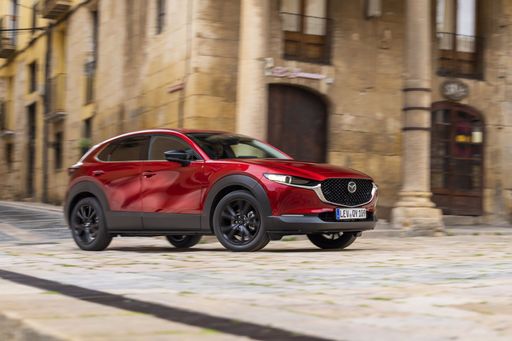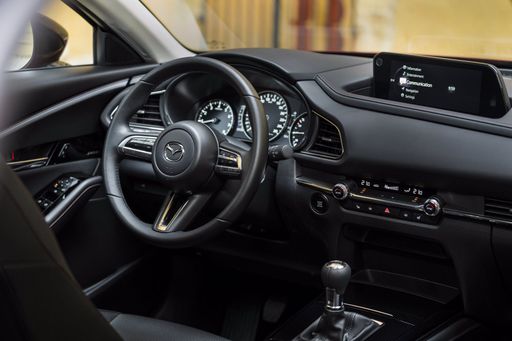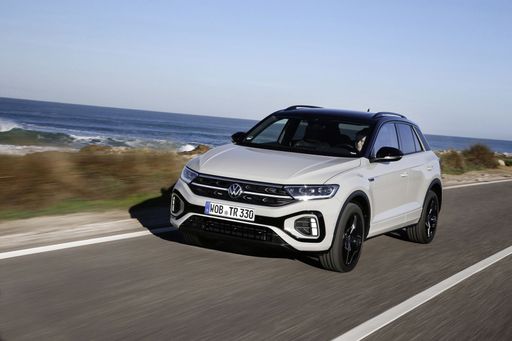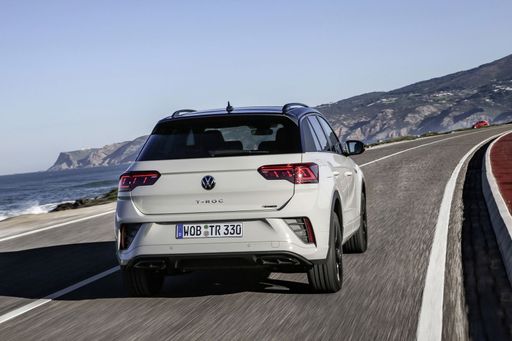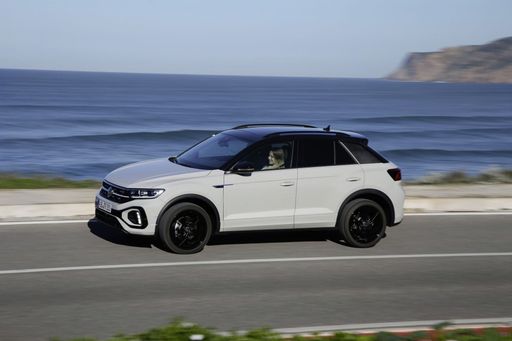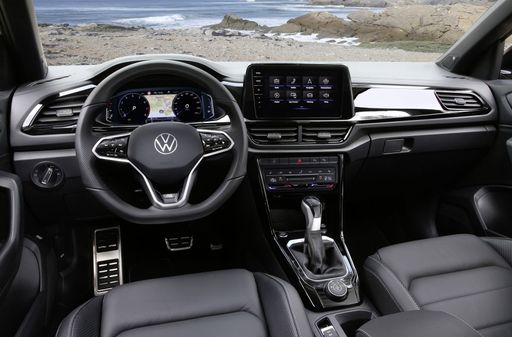Elegant Compact Crossovers: Mazda CX-30 vs. VW T-Roc
The compact SUV market has exploded in recent years, offering customers an attractive combination of style, performance, and utility. In this segment, the Mazda CX-30 and Volkswagen T-Roc stand out as two prominent contenders. Both vehicles deliver a compelling package; however, they come with their distinct personalities and technical specifications.



